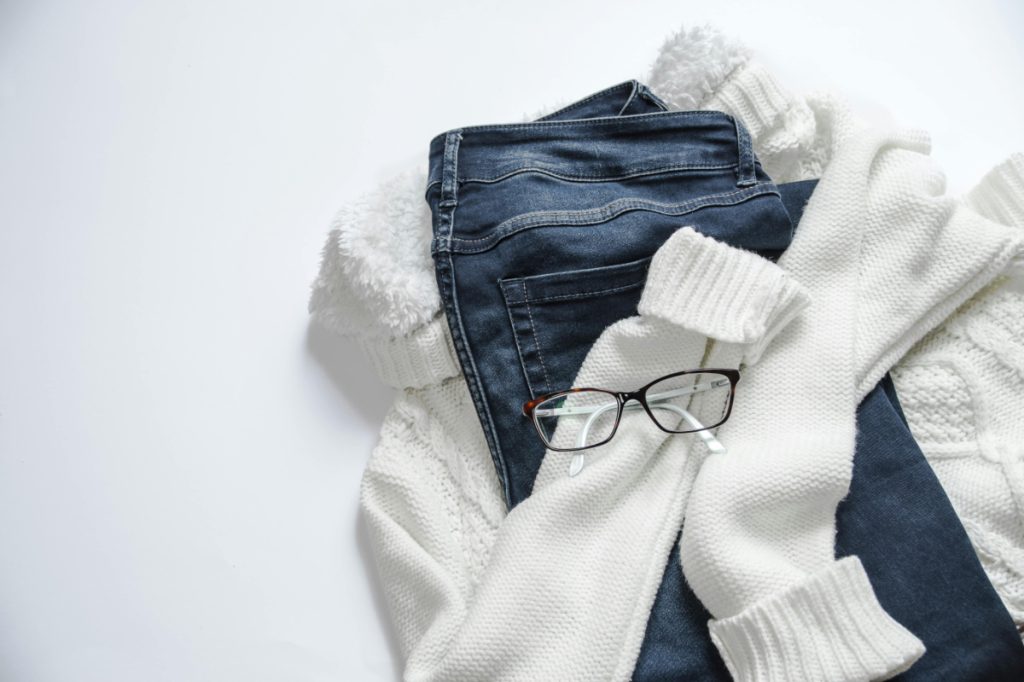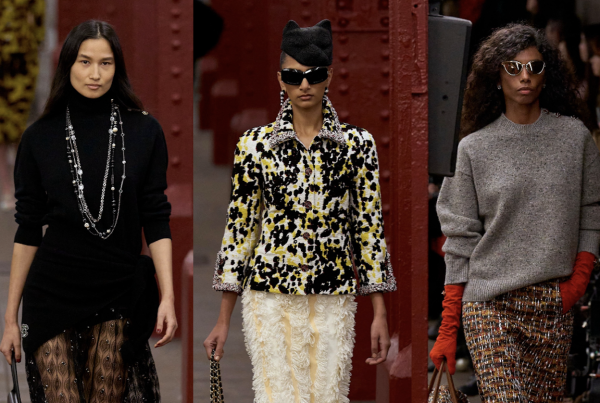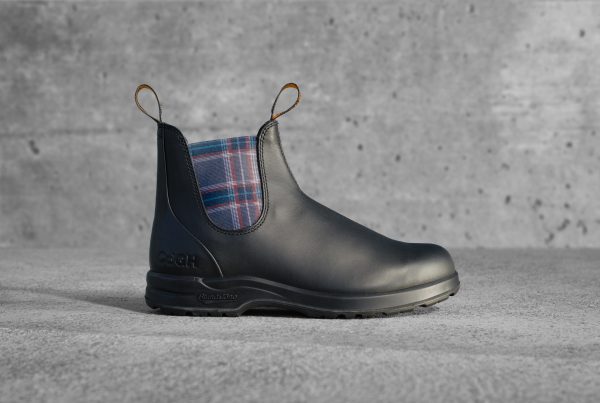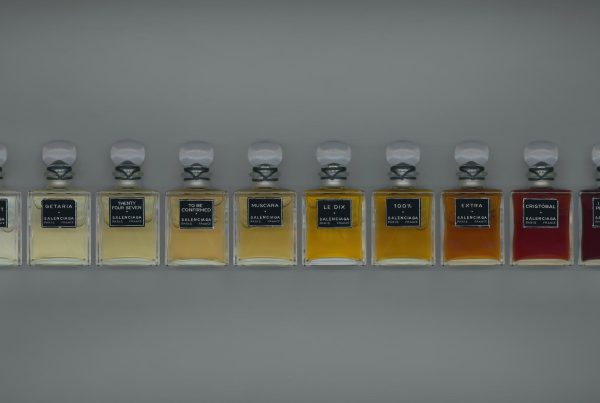
The fashion industry is defined by cutting edge designs, sharp colors, and intricate fabrication processes. Beyond the trendy designs that find their way to clothing store shelves, materials are the starting point for any new garment, and increasingly, a source of industry conversations.
Natural and synthetic materials like cotton and polyester make up the fabrication process behind the scenes, and sustainability issues are a common point of contention – including the chemicals involved in making clothes.
The dyes and contaminants that result from textile production can harm waterways and contribute to a broad scope of health issues.
As a designer or consumer, it’s vital to question how the clothing you wear impacts the environment, and this article will provide the answers.
Contaminated Water
Fashion manufacturing processes contribute to a significant amount of water contamination. While the farming and oil industries may be more commonly linked to water pollution, the textile industry contributes to intense industrial water pollution.
That’s thanks to processes like dyeing or bleaching garments. Multiple processes in textile production use water that is then sent back into waterways in a more polluted state.
Worse yet, not every area regulates wastewater discharge, allowing factories to release as much untreated water into local systems as they want. Metals and solvents can enter waterways easily – and the marine ecosystems and drinking water sources pay the price.
Reducing biodiversity can trigger problems with food security, climate change, and human health. Communities close to these factories bear the brunt of the problem in the form of increased risk of diseases.
Further, toxic runoff from textile factories can travel to other regions and cause disruptions hundreds of miles away. Unfortunately, water waste and contamination is not a big topic of conversation in the fashion industry because consumers don’t see it reflected in the clothes they buy.
The Rise of Toxic Pollutants
PFAS (per- and polyfluoroalkyl substances) are a type of chemicals used to help garments become more stain resistant. Unfortunately, they’re also a threat to the environment and human health. These “forever chemicals” don’t break down naturally, meaning they’ll remain in the soil or water systems they reach.
The connection between PFAS and human health problems is growing, with fears that exposure to these chemicals can cause problems with immune and reproductive systems. PFAS may impact the risk of certain cancers, too, with the testicular cancer risk from PFAS chemicals especially concerning.
For individuals living near textile factories that use these products, they may be jeopardizing their health.
Additionally, textile manufacturing processes often use other toxic chemicals beyond PFAS, like azo dyes and formaldehyde-based resins. Not only are nearby residents vulnerable to their impact, but so are the workers handling them during manufacturing.
The Impact on Human Health
Exposure to high concentrations of toxic substances can contribute to immediate and ongoing health issues. Respiratory problems, skin rashes, and other ailments can make daily life feel like a chore. And for families hoping to have children, living near a factory or having family members who work at one could contribute to developmental issues in children.
The dangers don’t end there. Communities that rely on local water supplies near factories will have to trust that industrial wastewater is treated. But in unregulated regions, that might not be the case.
Focusing on Honest Conversations
How does the fashion industry make headway in addressing the negative environmental impact?
The first step is offering more transparency in acknowledging the problem. Consumers aren’t aware that each shirt or sweater they buy could be hurting the surrounding ecosystems, so it’s too easy to ignore the problem. Instead, fashion industry companies should prioritize finding ways to limit wastewater or dispose of it properly.
Governments need to create and enforce stronger wastewater treatment standards, as well. They should monitor textile production more carefully to determine what chemicals need to be targeted for removal or limited use.
Certifications can help highlight products made with environmentally-safe materials and showcase fashion companies eager to take responsibility for more sustainable actions.
Building a More Sustainable Fashion Industry
The environmental impacts of manufacturing processes and the pollutants involved need to take center stage in the fashion industry.
Companies should feel a mandate to work toward safer and healthier practices for the betterment of their workers and neighboring communities. But for companies unwilling to do this, government regulations can create necessary restrictions or barricades against water contamination and the resulting health risks.
Ultimately, greater transparency and a united effort to reshape fashion as a sustainable industry will make it stronger and more appealing to consumers.





























































